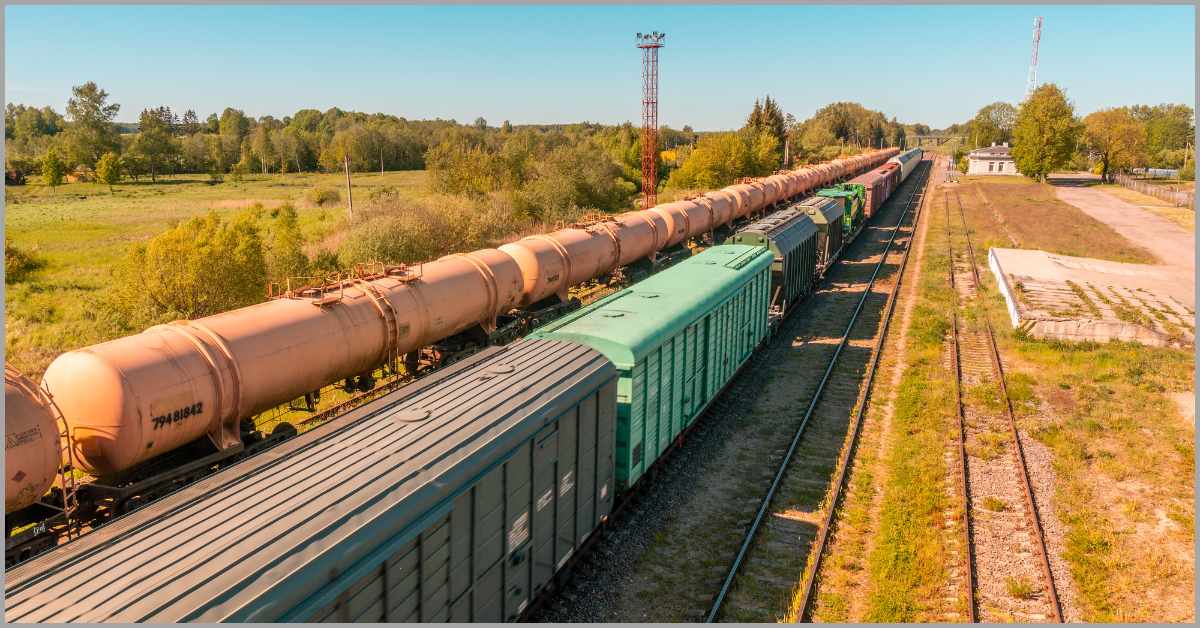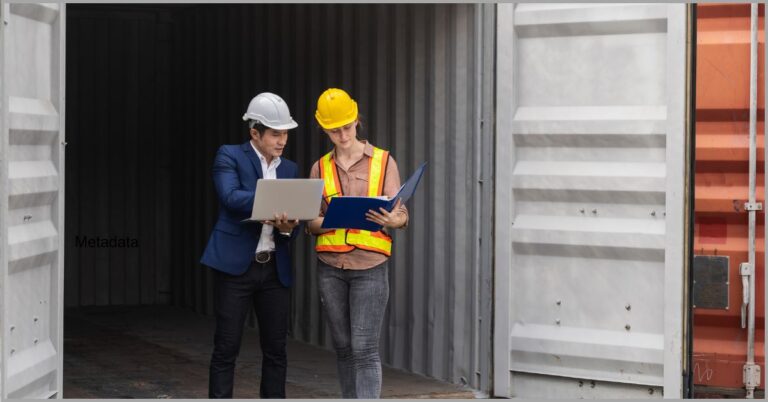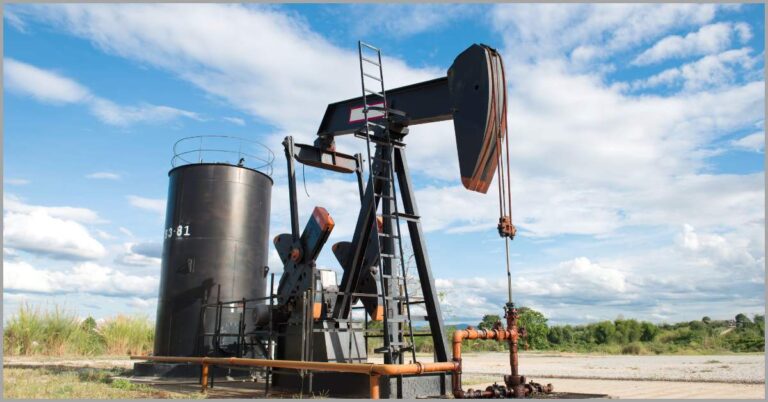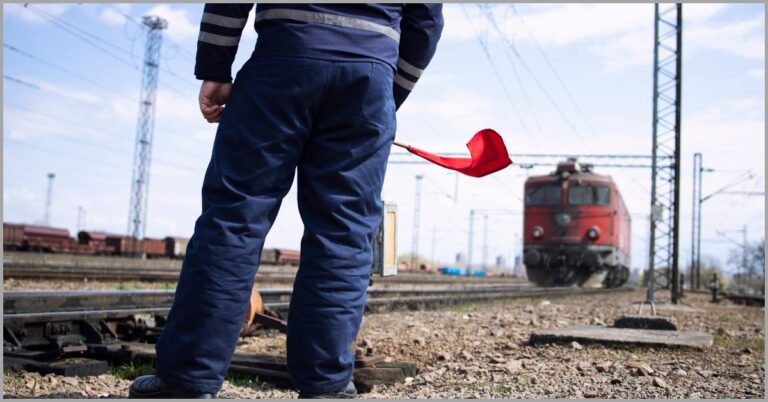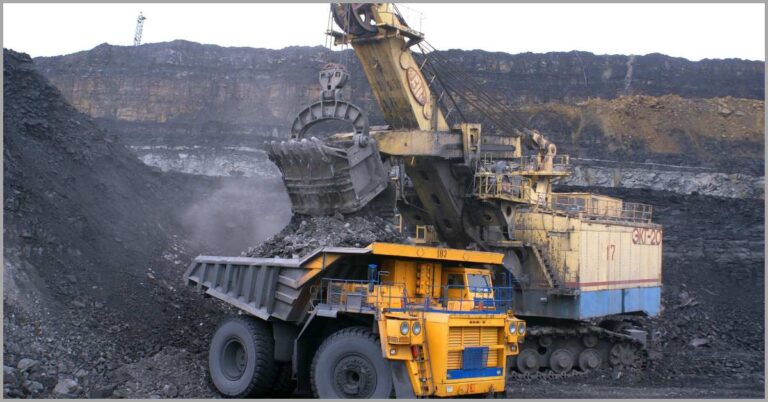10 Critical Railroad Logistics Strategies for Efficient Operations in 2024
Struggling with inefficient railroad logistics?
Inefficiencies can stagnate operations for your rail transload shipping service due to operational bottlenecks.
When rail logistic strategies are below-par, backlogs accumulate quickly, leading to missed delivery timelines, frustrated customers and lost revenue.
In 2023, freight trains experienced 11 minutes of delay per 100 kilometers, according to an ORR study. A key driving factor was sub-par logistics performances.
Fortunately, the train has not left the station just yet and there’s time to get your operations back on track. By implementing the right railroad logistics strategies, you can streamline logistics and improve operational efficiency to eliminate backlogs.
This will help you plan and coordinate the flow of trail traffic better, thereby eliminating car bunching to help you keep rail operations running and on schedule.
In this article, I’ll recommend the best critical railroad logistics strategies for efficient operations in 2024 to help improve freight punctuality and competitiveness.
Let’s get started.
1. Diversify rail carriers
Do you rely on a single rail carrier for shipping?
Working with multiple carriers only adds more variables to the equation and it’s quite understandable why you may want to stick with just one carrier to keep things simple.
However, when you’re reliant on a single rail carrier, this increases the risk of disruptions for your business because of capacity constraints.
A study by OneRail revealed that 69% of businesses say that relying on a single carrier is a risk they can’t tolerate. They instead prefer to diversify their options to spread risks and ensure fewer delivery issues for their customers.
When you stick to just one carrier, last-minute let downs can attract even more complex logistics processes than planning for alternative solutions from the get go.
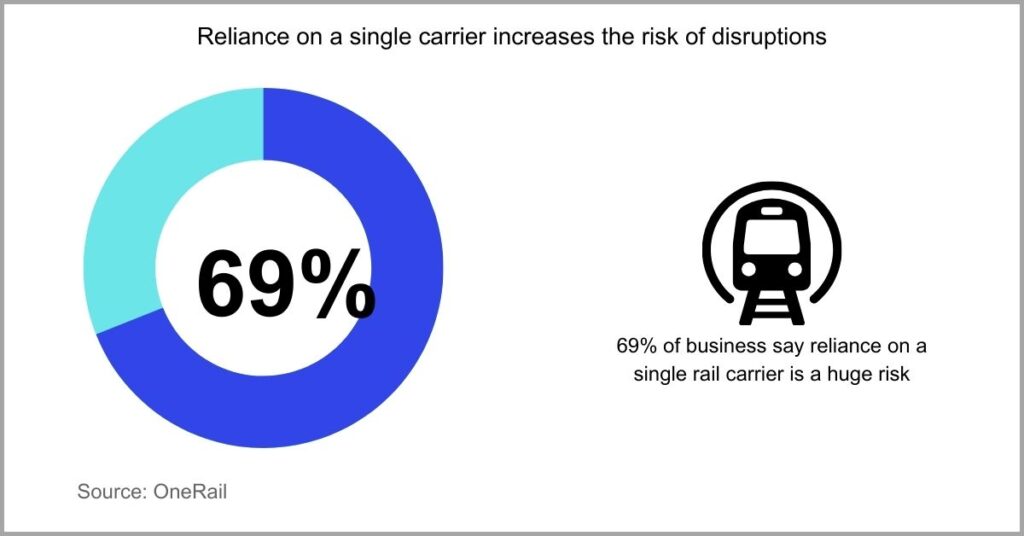
Transloading presents an excellent solution to help you get around this and it’s one of the top railroad logistics strategies for circumventing the unavailability of a single carrier or the lack of rail in particular geographical radius.
That said, what is transloading and how does it help?
Transloading is simply the loading of goods from one form of transportation to another. For instance, you can switch goods at a transload facility from rail cars to trucks then back to rail cars.
Doing so gives you alternative transportation in case the carrier you rely on has reached full capacity, experienced mechanical failures or is generally unavailable.
With efficient transload management tools, you can implement carrier diversification with ease, which increases your immunity to disruptions and also increases your negotiation power.
2. Streamline your fleet size
How large is your fleet of rail cars?
As a rail shipper, you may obtain a lot of rail cars in a bid to try and reduce wait times by ensuring these resources are readily available.
However, when your fleet size doesn’t match the levels of inbound cargo, this results in many rail cars sitting idle and attracting huge demurrage costs.
A study by ACD revealed that 31% of rail shippers noted an increase in rail demurrage expenses in 2023. This was partly because they overestimated their shipping needs and manually tracked rail cars.
So you need to have a way to anticipate your inbound and outbound cargo volumes to help you strike the right balance in terms of the fleet size you should keep on hand.
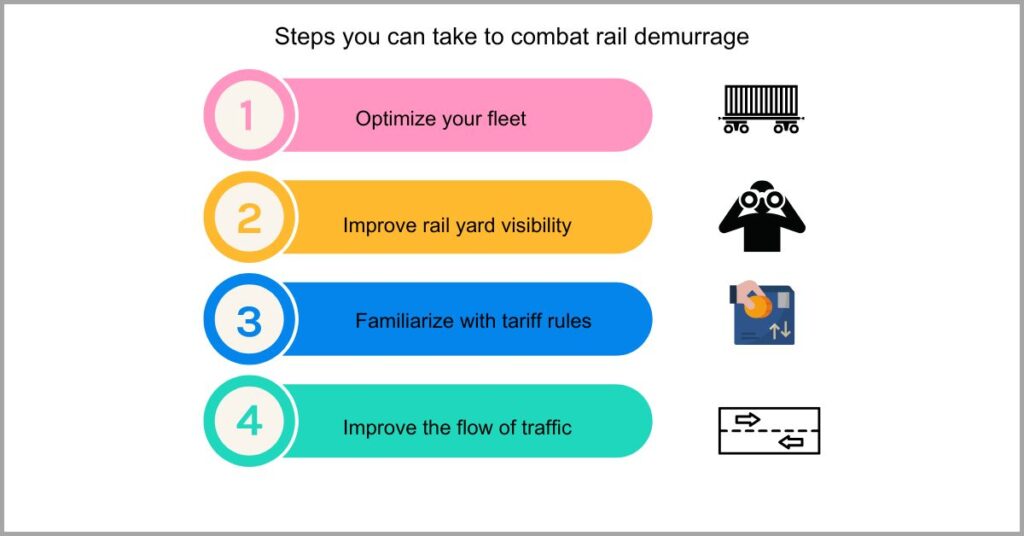
That said, I recommend considering the best transloading software, because they bring important features to the table.
A solution like our very own transloads.co, for example, offers full shipment lifecycle tracking, complete with key timestamps. You can capture in-transit inbound shipments, and compound averages to get insights into how much inbound cargo you handle daily.
With this information, you can even keep just the right number of rail cars to match your shipping needs and even anticipate surges in demand more accurately.
Additionally, our software also gives you a demurrage clock.
This helps you track when a car was placed on the rail so that you know how long you’ve held it up for to avoid any surprise demurrage expenses for your business.
3. Embrace rail automation
Shipping automation is key to building efficiency.
When your rail yard is run by manual processes, there’s a lot of need for human intervention to handle endless routine tasks. With a lean workforce, these processes will take even longer to complete thereby derailing shipping timelines.
Moreover, manual processes in complex rail shipping operations can also lead to the poor arrangement of rail cars, which attracts huge safety risks.
You stand to accelerate shipment processing by 50% with various shipping automation technologies, according to a study by McKinsey. In other words, manual processes slow down shipping by a significant margin, thereby reducing your throughput.
They take away focus from higher value logistics work, and therefore contribute to poor logistics performance because of it.
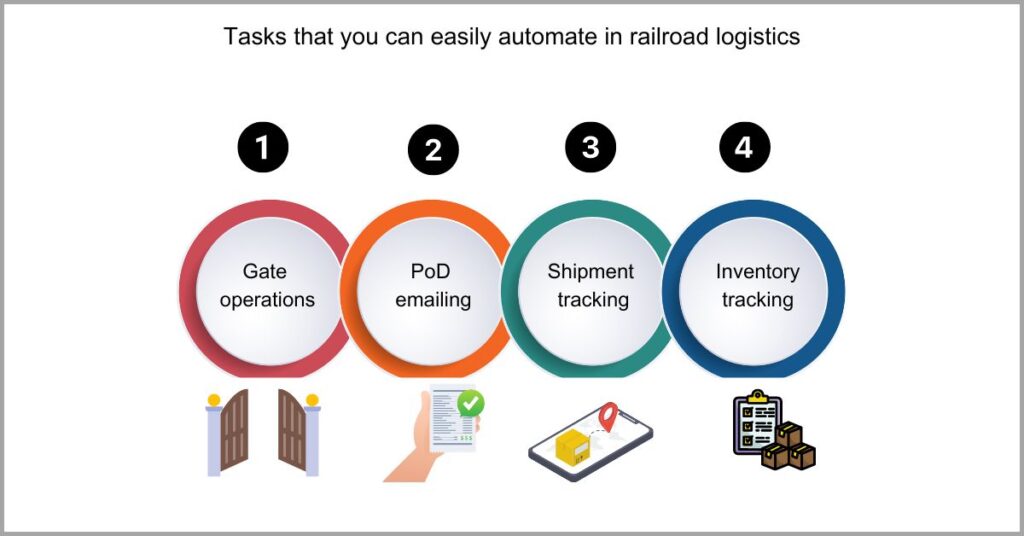
So what rail automation technologies can help?
Well, there are plenty of options to explore in terms of automated railroad logistics strategies. For example, you could go with a solution that automates operations like railcar inspection and gate check-ins/outs to help ensure fewer administrative delays.
I also recommend automation solutions that take over other aspects like PoD deliveries for your transloading or intermodal shipping business to improve productivity.
It’s also prudent to consider a solution that can give you real-time data about the position and status of rail cars, such as if they’re empty, in your rail yard.
This allows you to optimize yard operations such as loading and unloading. With this data, you’ll also handle complex car placements with greater ease & accuracy, and improve decision-making at large.
4. Digitize shipping paperwork
Paperwork can slam the brakes on shipping operations.
For one, it takes a lot of time and effort to create shipping documents like bills of lading, packing lists, customs declaration and RFQ forms, among others, and this can cause shipping delays for your business.
When you’re heavily reliant on paper processes, the risk of incorrect and lost documentation also greatly increases, leading to problems with customs.
In fact, a study by M-Files established that 83% of employees struggle to find documents in time. Many of these cases arose because of the reliance on paper documents which are so easy to misfile or lose entirely.
This is why it’s important to digitize paperwork to reduce the risk of document loss and errors and keep your shipping processes firing on all cylinders.
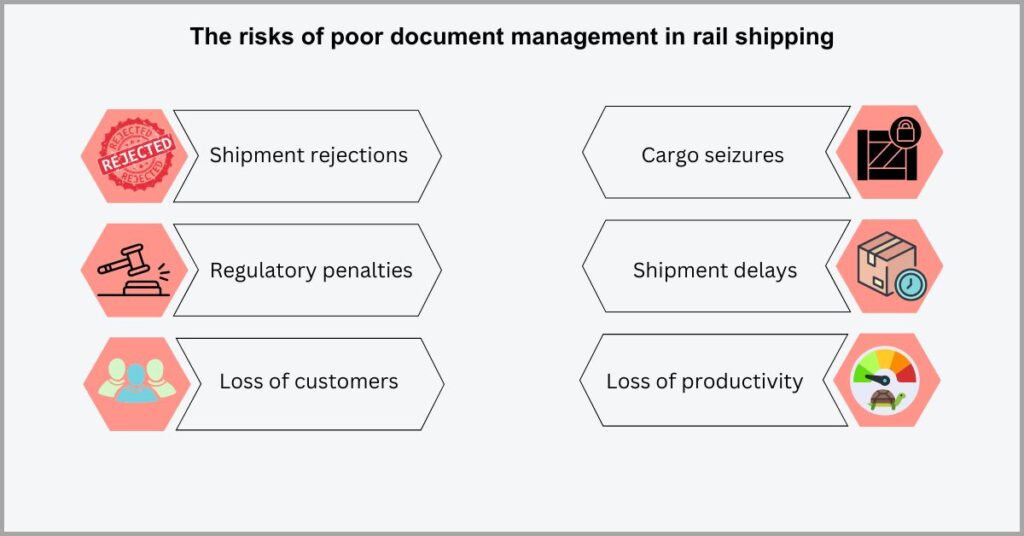
In order to go paperless, you’ll need the right technologies in place.
With an excellent solution, you can get transload management features such as customizable electronic forms. This gives you templates for bills of ladings and other documents, enabling you to speed up document drafting with predefined fields.
The right tool can also help you automate data entry by letting you record cargo information by way of QR or barcode scanning.
This improves efficiency while also lowering the risk of errors and incorrect shipping paperwork to reduce shipping delays.
On top of that, a cloud-based solution offers remote and instant access to shipping documents as and when you need them. This helps retrieve information quickly to accelerate shipment processing and customs clearance as well.
5. Ship in railcar blocks
Do you often ship in smaller bunches of rail cars?
This is one way to complicate railroad logistics because each small unit attracts its own logistics needs, creating a complex equation with many variables.
In addition, shipping in smaller units of rail cars rather than as a block of units may also increases equipment leasing fees and lowers railcar turnaround times.
An ERA study revealed that you can save 14% of transport costs by increasing the shipment size from 18 to 21 wagons per train. This shows how a simple difference in train length can cause a lot of wasted revenue.
For example, if the average cost of rail shipping is $160 per ton for every 1,000 miles, this may translate to savings of about $22.4 per ton.
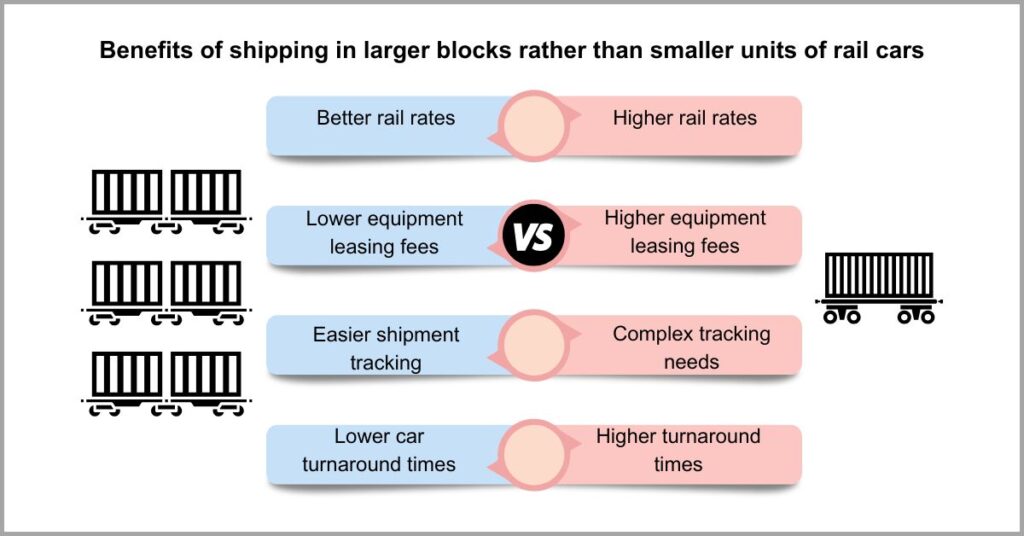
When you transport shipments as blocks of rail cars, you have one large fleet to monitor and manage rather than several different units splitting your attention. So this reduces your logistics management burden.
Furthermore, it also enables the sharing of any rail equipment you lease, so I rate it as one of the best railroad logistics strategies for enhancing cost-efficiency.
It may be prudent to consider working with top transload service companies in cases where you may not have enough quantities of cargo to implement Full Container Load (FTC) railroad shipping.
Here, such a service can consolidate cargo with several carriers to help you achieve FTCs and ship in blocks. A transload terminal can also assist in cargo deconsolidation for last-mile deliveries to further streamline logistics.
6. Optimize railroad routes
Rail infrastructure can get just as complex as road networks.
In the US alone, for example, there are approximately 2,270 rail facilities stretching across state borders, creating a complex maze of so many shipping possibilities.
When route optimization is poor, your rail shipping process can result in higher fuel consumption, a larger carbon footprint and poor on-time performance.
In fact, rail freight costs increase by $0.0043 per ton per mile annually, according to a study by Costmine Intelligence. While rail remains one of the most economical ways to move freight, it’s undeniable that the cost of rail shipping is rising significantly.
It’s therefore important to find innovative ways to reduce mileage, and route optimization is one way to achieve this and therefore improve cost-efficiency.
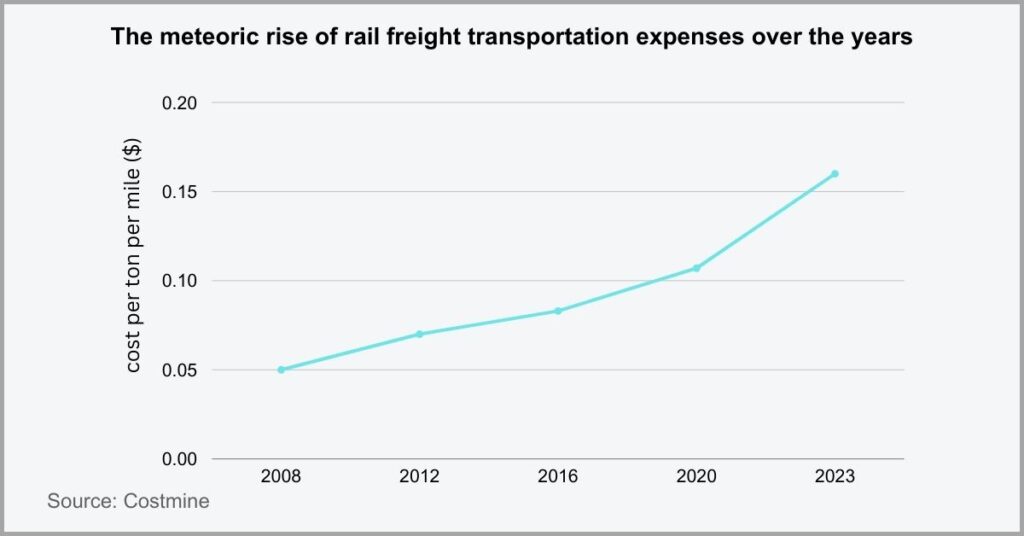
So how can you optimize rail routes exactly?
Well, technology may be the answer yet again. More specifically, you may need a top rail route optimization tool to help you anticipate the state of railway lines and facilitates before you embark on shipping to get an accurate feel of what obstacles lie ahead.
This can reveal details about mechanical failures, hold ups at specific terminals and other information to help you optimize and choose the right rail routes and carriers.
Alternatively, I also recommend choosing a transloading software with real-time track management features that can help you keep track of inbound and outbound railcars. This can go a long way to helping you improve both route and capacity planning as well.
7. Embrace cloud logistics management
What are your logistics management processes like?
Managing rail shipping involves roping in quite a number of partners, such as rail terminals, carriers and even transload facilities. If you rely on siloed solutions, this can alienate information and create coordination bottlenecks.
With the information visibility barriers that legacy solutions in multi-tiered rail shipping processes create, this greatly hinders supply chain collaboration.
In fact, approximately 86% of shippers have migrated to cloud-based technologies to increase their supply chain visibility, according to a recent study by the CSCMP. Most of them have done so in a bid to unite information and centralize logistics.
It also proves the pivotal roles that cloud logistics continues to take at the heart of modern railroad logistics and why you should embrace them.
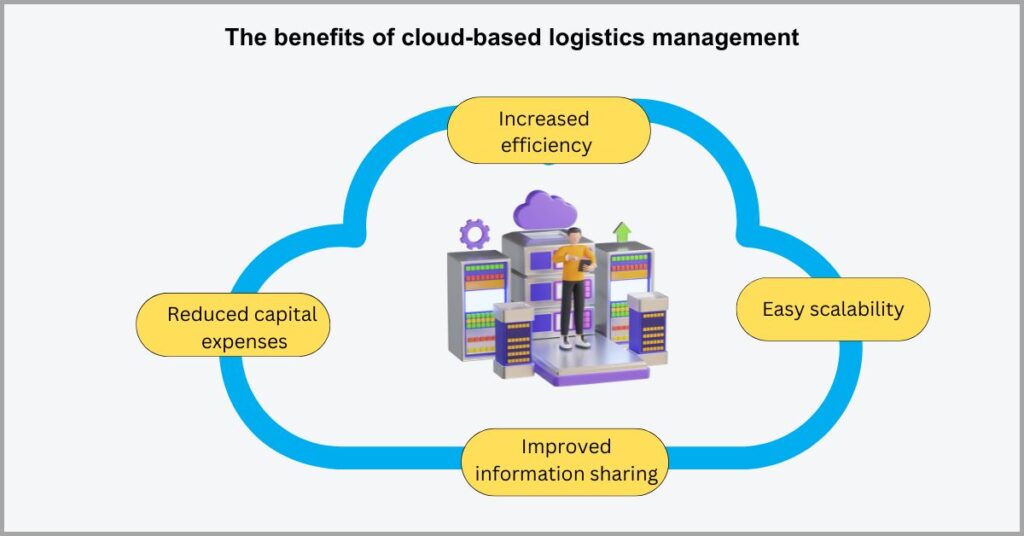
A cloud-based rail shipping solution can help by enabling easy information sharing with different partners in your supply chain. It can consolidate information across multiple systems, and this also lowers your staffing needs.
It’ll enable you to now easily share documents with transload terminals, carriers and other supply chain partners, thereby ensuring that everyone prepares their operations accordingly to ensure fewer in-transit hiccups between changeover stations.
What’s more, you also get essential transload management features like customer portals that also streamlines logistics with regards to keeping customers in the loop.
So embracing cloud technologies is without a doubt one of the top railroad logistics strategies to drive efficiency and also save money because it offloads a huge chunk of your IT burden to a third-party service provider.
8. Use rail inventory management systems
Your inventory processes also affect rail efficiency.
When your rail inventory managers and other railroad workers lack a standardized system in place for inventory management, they may not be able to perform their jobs fast enough.
What’s more, poor rail inventory management can result in a violation of compliance reporting requirements by the Federal Railroad Administration (FRA).
Inventory management is in fact the biggest challenge for 39% of rail shippers, going by a survey by Statista. One of the biggest reasons why that’s the case is the reliance on manual processes and strategies for tracking inventory.
This makes a strong case for the use of rail inventory management systems to help free shippers from iterative inventory work to increase productivity and efficiency.
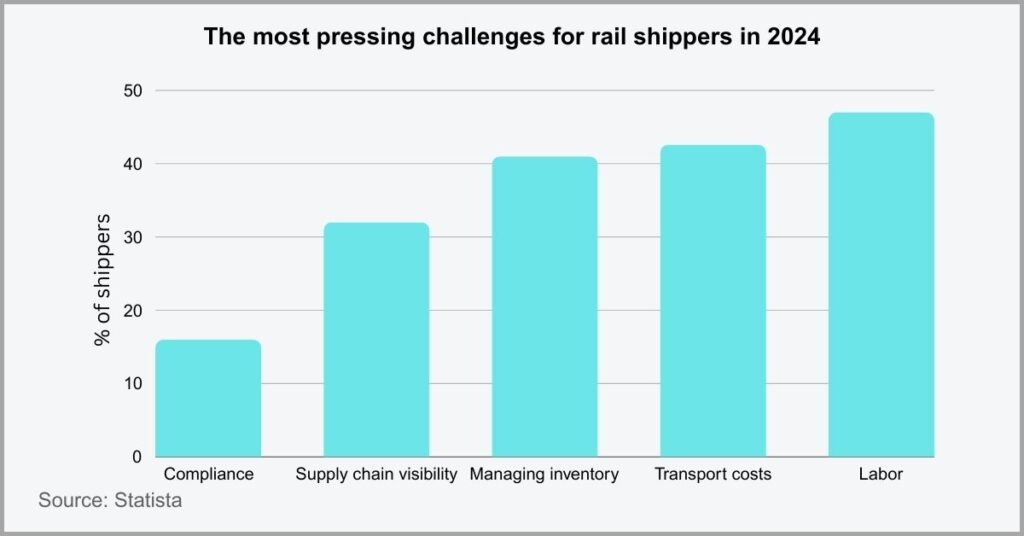
So how can inventory technology improve compliance?
Well, with proven transload management solutions for managing rail inventory, you can easily follow rules set by regulatory frameworks to reduce compliance risks.
An electronic inventory system, for instance, enables real-time data validation which is an essential compliance requirement by the FRA.
It also allows for the efficient submission of cross inventory electronic records, which is key for compliance with the National Highway Cross Inventory Reporting requirements that came into law in 2015.
These also require that you periodically update crossing inventory as it changes due to events such as crossing closures and sales.
Generally, by streamlining regulatory compliance, inventory rail management systems makes rail shipping more frictionless while also improving inventory tracking for more efficient planning and decision-making.
9. Leverage predictive freight analytics
How do you plan rail freight operations?
If your business intelligence tactics are mostly prescriptive and forecasting strategies aren’t part of your scheduling activities, you may experience problems like overshipping or underutilization of shipping resources like rail cars and containers.
Without predictive analytics, you may find it very challenging to anticipate network capacity needs, which increases waste and reduces profit margins.
In fact, a study by Magaya revealed that 86% of shippers haven’t incorporated predictive analytics into their operations. They are consequently having a hard time predicting future resource needs and allocating assets to match circumstances.
This also caused poor demand predictability, leading to poor decision making among many rail shippers, which negatively impacted the efficiency of their supply chains.

So embracing predictive analytics is among the best railroad logistics strategies because it affects your efficiency and revenue.
By assessing transactional and historical patterns, you’ll anticipate important supply chain events with greater accuracy. This enables you to identify opportunities and risks, such as the ability to implement more cost-efficient just-in-time shipping.
With predictive analytics, you can also anticipate railcar supply and demand to strike a balance that ensures timely and better resource utilization.
This is very helpful for large transloading and intermodal shipping networks, where matching demand and supply may save you millions in lost revenue.
All in all, I vouch for predictive analytics because it helps you respond to dynamic market and railroad shipping conditions, unlocking greater flexibility and scalability, while making your shipping business more resilient to change.
10. Review your strategies regularly
Periodic reviews are vital for logistics success.
The railroad logistics strategies you’ve implemented are an on-going project rather than a one-time exercise. Technology and market trends change quickly, and they can easily be rendered ineffective by fast-paced disruptions in the shipping world.
So if you don’t regularly measure, monitor and adjust your rail shipping tactics, you risk losing your competitive edge and credibility as a preferred rail shipper.
Notably, at least 56% of businesses regularly review their strategies, going by findings from an APQC study. Besides keeping them competitive, they said periodic strategy reviews are necessary for their long-term survival.
This proves the need to regularly review your railroad logistics strategies to ensure you don’t lose touch with innovations and the prevailing needs of the day.
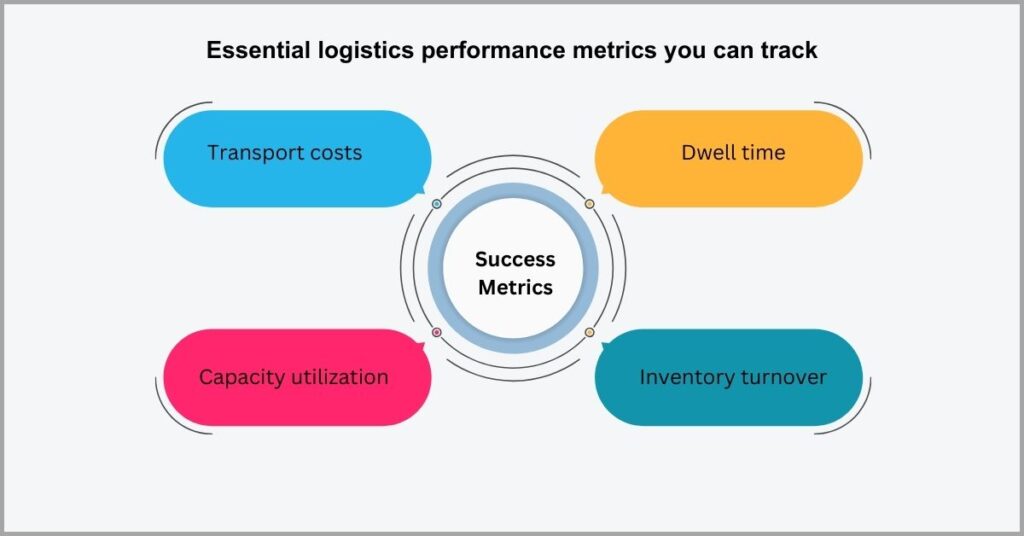
But how can you implement effective reviews?
The first thing I recommend you do is establish very specific success metrics.
For instance, you can focus on a KPI such as rail demurrage and track how it changes over the course of implementing a strategy like just-in-time shipping. If demurrage costs continue rising, then it may be time to change tack.
On the other hand, if you implemented a rail transload service shipping strategy, you can evaluate shipping costs to gauge the effectiveness of this tactic.
In terms of frequency, the general rule of thumb is to review your logistics annually but it’s wise to do so more often particularly when you notice severe shortfalls in your KPIs. This will help you pick out fading strategies much faster.
Conclusion
Poor rail car visibility hurts your business.
Not being able to monitor car movements makes availability projections challenging.
So without the right railroad logistics strategies to help you stay on top of empty rail cars, you may not achieve optimal fleet capacity utilization.
In 2023, fleet capacity utilization was 49% for long-distance freight trains, according to a Statista study. This shows that there’s massive room for improvement and perhaps embracing technology might help.
The right logistics strategies, when coupled with top technologies, can help monitor empty rail cars to improve fleet utilization. I recommend a solution like transloads.co, which offers key track management features to help you monitor rail cars efficiently.
Click here to start your free transloads trial to take railroad logistics management from complicated to streamlined and efficient.
With our platform, you’ll improve various aspects of your logistics processes including but not limited to transloading, inventory, and invoice management.

